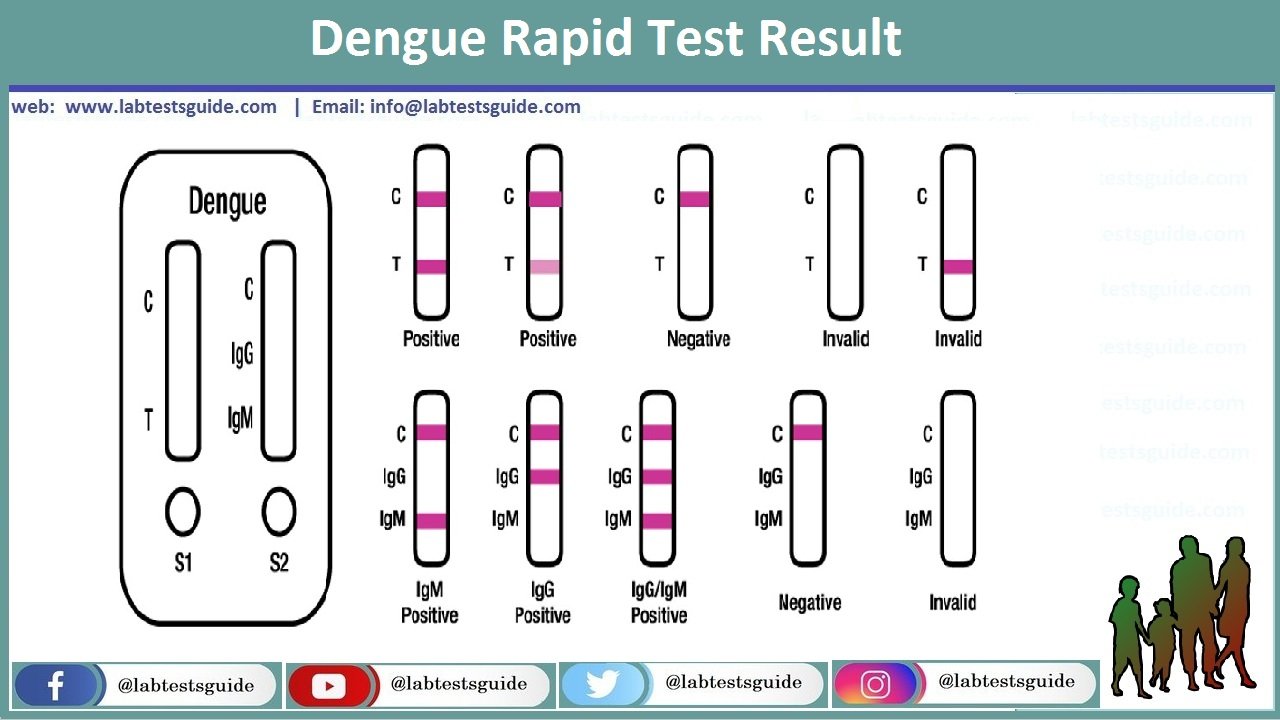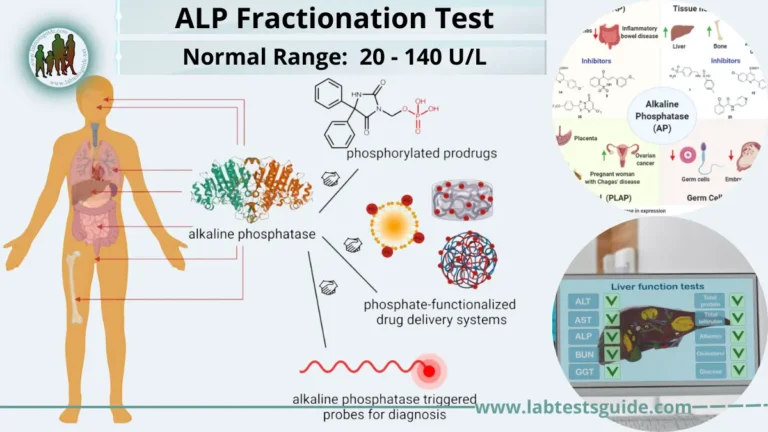Dengue is an infectious disease caused by ‘dengue virus’ (DENV) which is a RNA virus belonging to the genus Flavivirus. The disease’s major complications high grade fever, hemorrhage and low platelets count (Thrombocytopenia). Four (4) Sero-types of the virus (DV 1, 2, 3 and 4) exist that are capable of causing the full spectrum of the disease. The virus is transmitted by the Aedes aegypti mosquitoes which bite during the day and lay eggs in artificial water containers. The dengue virus may transmit via blood products and blood transfusions. No vaccine is available and prevention depends on the vector (mosquito) control. Laboratory diagnosis of the dengue fever is based on the serological testing. In primary infection, IgM antibodies are produced on the 4th day and persist for 1-2 months. The IgG antibodies appear at the end of 2nd week (14th day) and provide lifelong immunity. In secondary infection, IgG antibodies are raised 1-2 days after the appearance of symptoms along with IgM which appear on 4th day. The rapid tests available detect the presence of IgG and IgM antibodies.

PRINCIPLE:
The immuno-chromatographic test device is coated with Dengue virus envelope proteins. When the sample (serum/plasma) containing anti Dengue IgG and IgM is placed in the sample well, it reacts with the envelope proteins and an antigen antibody complex is formed. This complex moves along the strip to produce colored lines.
REQUIREMENTS:
- Serum/Plasma
- Test device or cassette
- Sample diluent (phosphate buffer)
- Pipette
- Timer
PROCEDURE:
- Bring the test device and sample to room temperature.
- Place 5 ul of the sample into a sample well on the device.
- Place 2 drops of assay diluent in assay diluent well.
- Wait for 20 minutes.
- Observe macroscopically for the appearance of lines (bands) on the test device.
RESULTS:
- Single line appearance in the control portion indicates a negative result (Reaction).
- Appearance of two lines; one in control region and second in IgM test region, indicates primary infection with Dengue.
- Appearance of two lines; one in control region and second in IgG test region, indicates secondary infection with Dengue.
- Appearance of three lines; one in control region, second in IgM test region and third in IgG test region, indicates late primary or early secondary infection If control line does not show, the test must be declared invalid and should be repeated for further investigation. Results

QUALITY CONTROL:
- Positive control should be run parallel to every test which is being performed.
- The control line which is indicated with C always show if the test has been performed properly.
INTERPRETATION OF DENGUE TEST:
- It is recommended to make the final diagnosis with clinical examination and other laboratory data.
- False positive results can occur if the result is read after 20 minutes.
- This rapid test does not require highly skilled personnel and is very helpful in rapid field testing.
- The test allows differential detection of IgG and IgM qualitatively but does not indicate the quantity of antibodies.
DENGUE NS1 ANTIGEN TEST:
- Some rapid tests allow the detection of a non-structural protein (NS1) of Dengue virus.
- It is a glycoprotein and raised 1 day after the infection and persists for about 9 days.
- Testing of both antibodies (IgG and IgM) and antigen (NS1) allows the detection of dengue infection in all clinical stages.
Related Articles:
Possible References Used





